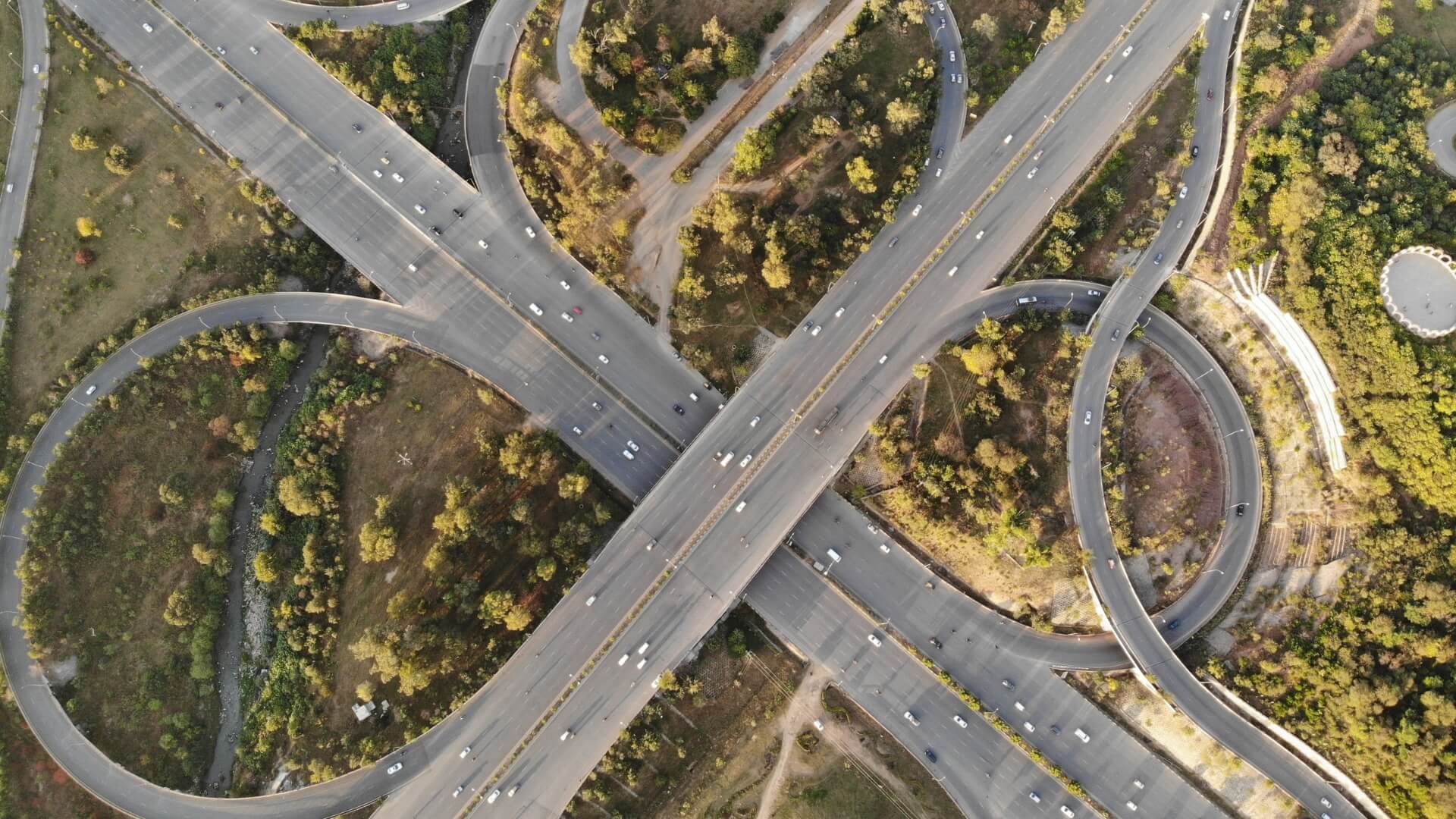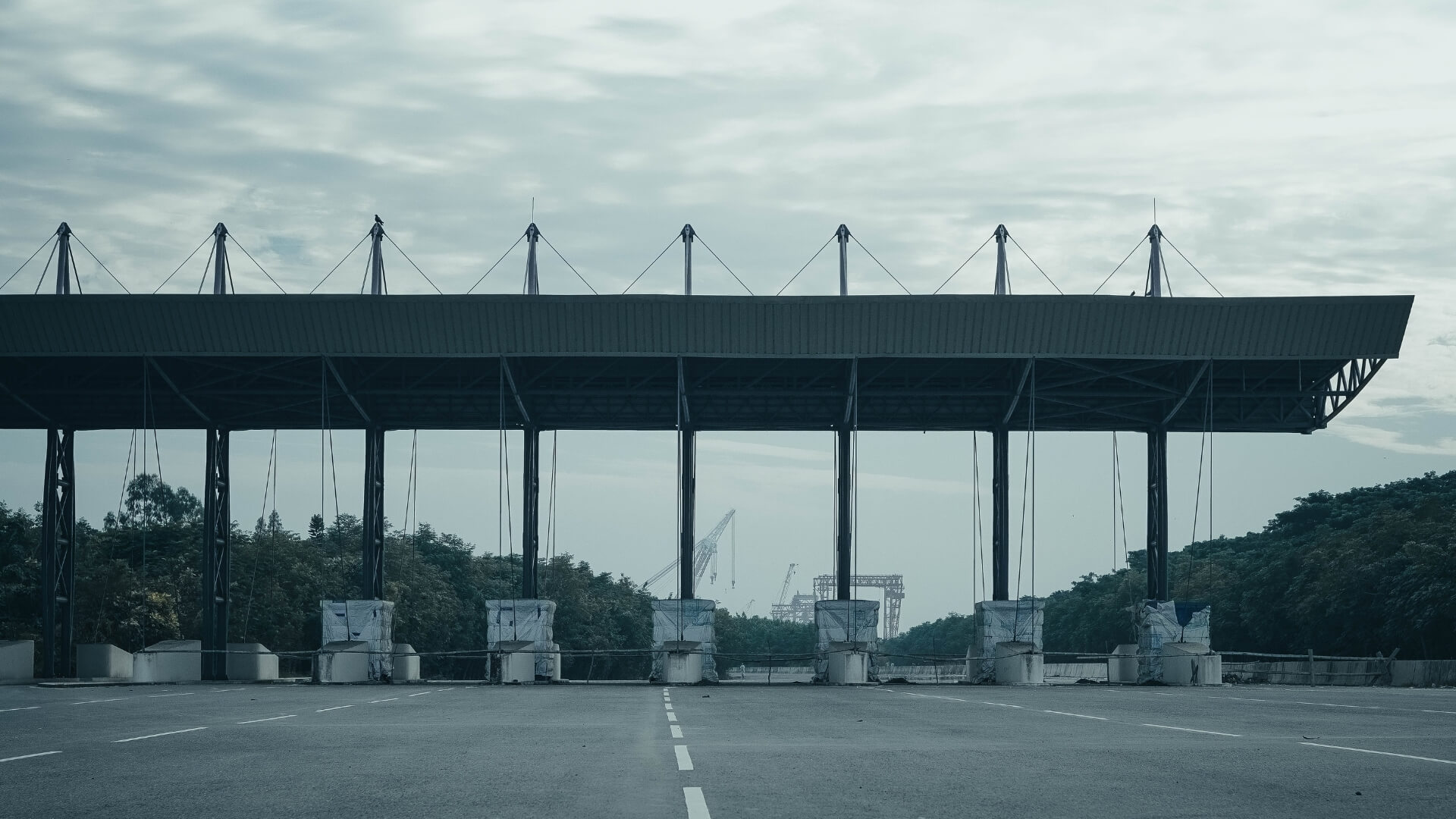Changes to toll payment systems in 2023
In 2023, there is already a notable increase in changes in toll payment systems, both in Spain and in several other European countries. This dynamic is expected to continue in the following years, where tolls payment systems will be introduced on more and more roads. Below, we detail how and where the main developments will take place.
New payment sections on Spanish roads
• In Gipuzkoa, this January the toll for trucks on the N-I and A-15 has been launched as they pass through that province. It is the first and only highway to use the ‘free-flow’ system, a system of arches that registers the license plate of vehicles automatically. Similarly affected is the A-636 between Beasain and Bergara, known as Deskarga motorway, with a length of 15.5 kilometers.
• Throughout the first months of this year, new tolls will be installed in Bizkaia and Navarra.
• In the case of Álava, tolls will only be charged to heavy vehicles dedicated to the transport of goods.
• On the other hand, the rest of the Autonomous Communities – any tolling decisions will depend on the decisions made in each community, regarding the roads that are under their jurisdiction.
How do I pay?
Using a Vía-T device or payment device (which serves for other tolls already existing in Spain) is the most common system. There is also the option of linking the registration number to a bank card electronically through a dealership’s website.
If you drive on the A-636 without a Via-T device and without having linked your license plate to the bank card, you will receive a notification or letter with the steps you must take. If you reoffend, the Provincial Council of Gipuzkoa will take measures including the possibility of levying fines.
New Tolls
Bizkaia and Navarra are also installing tolls, which as announced came into force at the beginning of the year but are not yet active. In the case of the Provincial Council of Bizkaia, it wants to be apply new tolls in about 100 kilometers of its road network, at the moment only for heavy vehicles of more than 3.5 tons.
In the rest of the Autonomous Communities and pending the Government’s project for the State Road Network, “everything will depend on the decisions taken by each Autonomous Community with respect to the roads that are under its jurisdiction”.
4% increase in Spanish tolls
Toll motorway rates will rise by 4% on the AP-51, AP-61, AP-53, AP-66, AP-7 Alicante-Cartagena, AP-7 Málaga-Guadiaro, AP-68 and AP-71, AP-9, AP-6 and AP-46 and will be frozen in those that the State rescued in 2017 (radials 2, 3, 4 and 5, M-12, AP-41, AP-36 and the AP-7 around Alicante and on the Cartagena-Vera stretch).
The Government has approved limiting the increase to 4% on eleven toll roads in 2023 to mitigate the increase in rates of 8.4% due to the evolution of the Consumer Price Index (CPI).
Rest of Europe
Germany
The German government has announced an increase in the toll for commercial vehicles from 1/01/2023. This increase will range from 10.4 cents per kilometre for vehicles with Euro 2 engines to 0.7 cents for vehicles over 18 tonnes, 4-axle vehicles with Euro VI engines.
These new tariffs take into account the environmental affects generated by the pollution produced by vehicles.
In addition to the existing differentiation by emission category, toll increases will also be differentiated by weight categories, and in the case of vehicles over 18 tonnes, by axle categories. However, as usual, trucks powered by liquefied natural gas are exempt from the toll.
France
France has updated this February its toll rate for heavy vehicles, with an average increase of 4.69%. In this way, we find that ASF, with a rise of 5.06% and SAPN, of 4.73% will be the most expensive rates increases.
Bulgaria
In Bulgaria, toll rates will increase by an average of 50%, leaving this increase well above the average of European increases.
Likewise, vehicles of up to 3.5 tons will pay tolls both on highways and on most lower-level roads. For payment, vignettes will be used.
Austria
In 2023, there is also an increase in tolls in Austria, while the reduced rate for Euro VI trucks is eliminated. In this way, the Euro VI class toll will increase by around 4%, while the rest of the rates will be increased between 2.29% and 2.8%.
The A12 motorway will apply an increased rate of +25% on the basic rate per kilometre, on the Unterinntal section.
Sections that have tolls:
- Gleinalm- and Bosruck tunnels (motorway A9, Pyhrn)
- Tauern- and Katschberg tunnels (A10 motorway, Tauern)
- Karawanken Tunnel (A11 motorway, Karawanken)
- Highway A13 (Brenner)
- Arlberg Tunnel (S16 motorway, Arlberg)
Belgium
With the new year, new toll rates will be applied, highlighting an average increase of 9.97% per vehicle. In turn, the Liefkenshoek tunnel will have a variation in its rates that will vary between 12.4% and 18.6%.
Poland
Polish toll rates have also been modified for heavy goods vehicles (e-TOLL system), the changes being related to the indexation mechanism and an average increase of 13.3% for each vehicle.
If you need to know more details about the tolls and fees that exist when travelling in each of the European countries, as well as the Vrio product that best suits your needs, click here. You will find everything you need to know about tolling on the continent and beyond.





